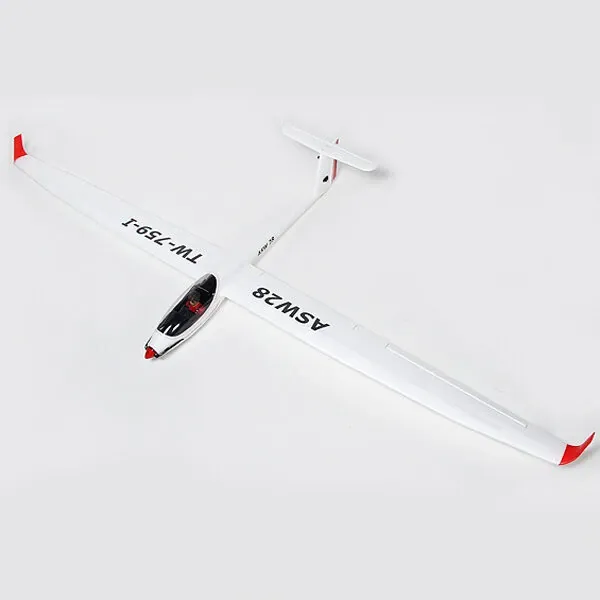FPV glider build with GPS and Live Streaming: Part 1

To build a great service, you should be one of its main users. As you know, we're building TinkerFlight—an app to log, stream, and share flights with RC planes, drones, and even private aircraft. Naturally, we use our service almost every day, and we've decided not only to show you how to use the app but also how you can build your own FPV glider to fly—and maybe even stream your flights.
This won't be a full build from scratch to save time, and we'll use only components you can easily find on AliExpress or through your local online hobby shops. Before diving into the specific components I plan to use for my FPV glider, let’s first go over a few basic requirements I’d like the build to meet:
- Low-to-medium budget
- Easy to repair and fly (which is why it will be a motor glider)
- Modern electronics with no proprietary firmware
- Live video streaming so others can see exactly what I see through the goggles
- Automatic flight logging
Some parts of this project—particularly live streaming and automatic flight logging—will be a bit tricky and will likely require some custom code, which I’ll be sharing with you, of course.
Here’s a preliminary list of components I plan to use:
- Glider kit with servos and a BLDC motor
I’ll be using the VolantexRC ASW28, which I think is a great, affordable glider. If you haven't seen it fly, check out this video
- RadioMaster transmitter using the ExpressLRS protocol
- ExpressLRS-compatible receiver with UART, which I’ll connect to an ESP32-S3 development board
- ESP32-S3 development board as the flight controller
- Sensors and modules: GPS, gyro/accelerometer, barometric sensor, and possibly an LTE module
- Walksnail FPV system with a built-in head tracker
The goal of this project isn't just to test and improve our TinkerFlight app but also to create a simple, step-by-step guide for building your own FPV glider or plane.
I’ve already ordered the key components needed for the next step—building an RC glider controlled via ExpressLRS and a custom flight controller. Why not use one of the many available flight controllers on the market? Simple: most are designed for drones and don’t support the specific features this project requires. That’s why I’ve chosen to build my own flight controller—not entirely from scratch, since I’ve been developing firmware for RC projects for years.
That’s it for today. If you have any questions, feel free to reach out at hey@tinkerflight.com.
